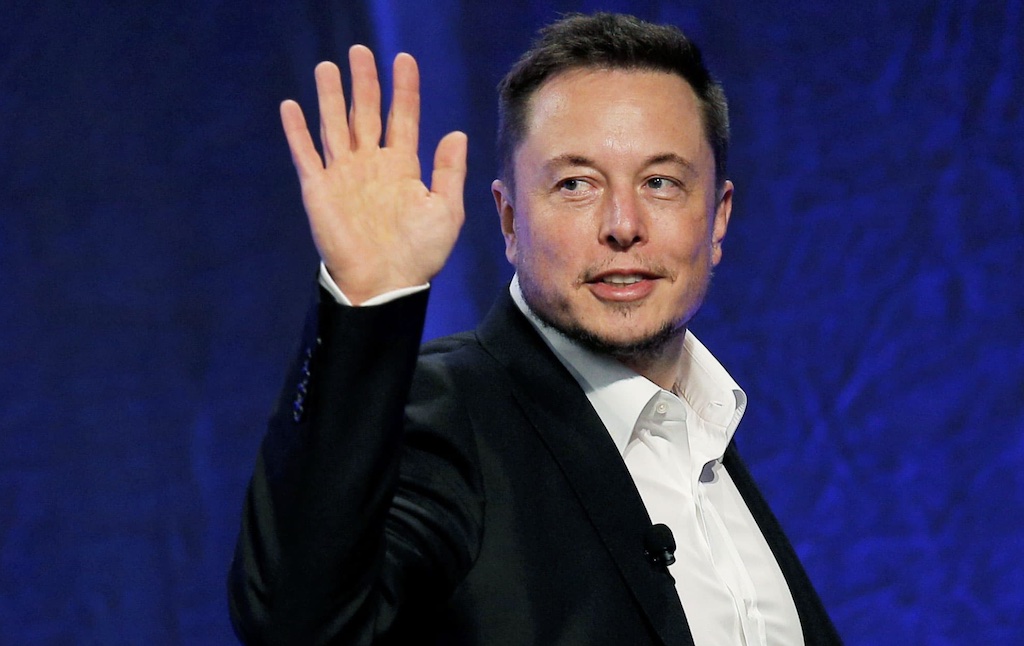During an interview with Mathias Döpfner, top leader of the Axel Springer group, the founding businessman of Tesla and Space X, Elon Musk said he was “extremely confident that Tesla will achieve level 5 autonomy in 2021” stating that it is “safe when 100%”.
This statement sounds more like déjà vu than current news to those who follow the Palo Alto-based brand advertisements. To this day, this promise has yet to come true, despite the beta version of FSD software being released to a select group of users in the United States.
During the interview, he talked about some of the brand’s strategies for 2021. For Musk, the biggest obstacle is when it comes to dealing with the different regulatory frameworks that govern the markets where it currently sells zero-emission vehicles.
According to Musk, the arrival of level 5 will depend on the different countries’ adaptation towards regulations that allow the use of this new technology. The director of Tesla predicts that the first countries to change their legal rules will be those where there is a technology industry that bets, works, and develops this type of technology, which will be key in the future of mobility on a global scale.
For Elon Musk, “in the United States, the approval will be quick, especially in some states,” for the controversial manager behind the North American market, there will come “other countries, like perhaps Norway, which will be very quick to give the OK.”
Also, the technology that Tesla is developing could be seen in the future in models from other manufacturers. Musk’s words show interest in pushing the entire market towards autonomous mobility, free of harmful emissions, with an apparent predisposition when he stated: “We are willing to license our technology to help other companies.”
To achieve his dream for self-driving mobility, Elon Musk declares his concrete aspirations for his adventure to make a mark on mobility on a global scale: “There are 2 billion cars and trucks rolling around the world, and this number is in increase. We want to replace 1% of the global fleet every year. To really do this in one fell swoop, we would have to exceed the decimal point. This would represent around 20 million vehicles per year.”

